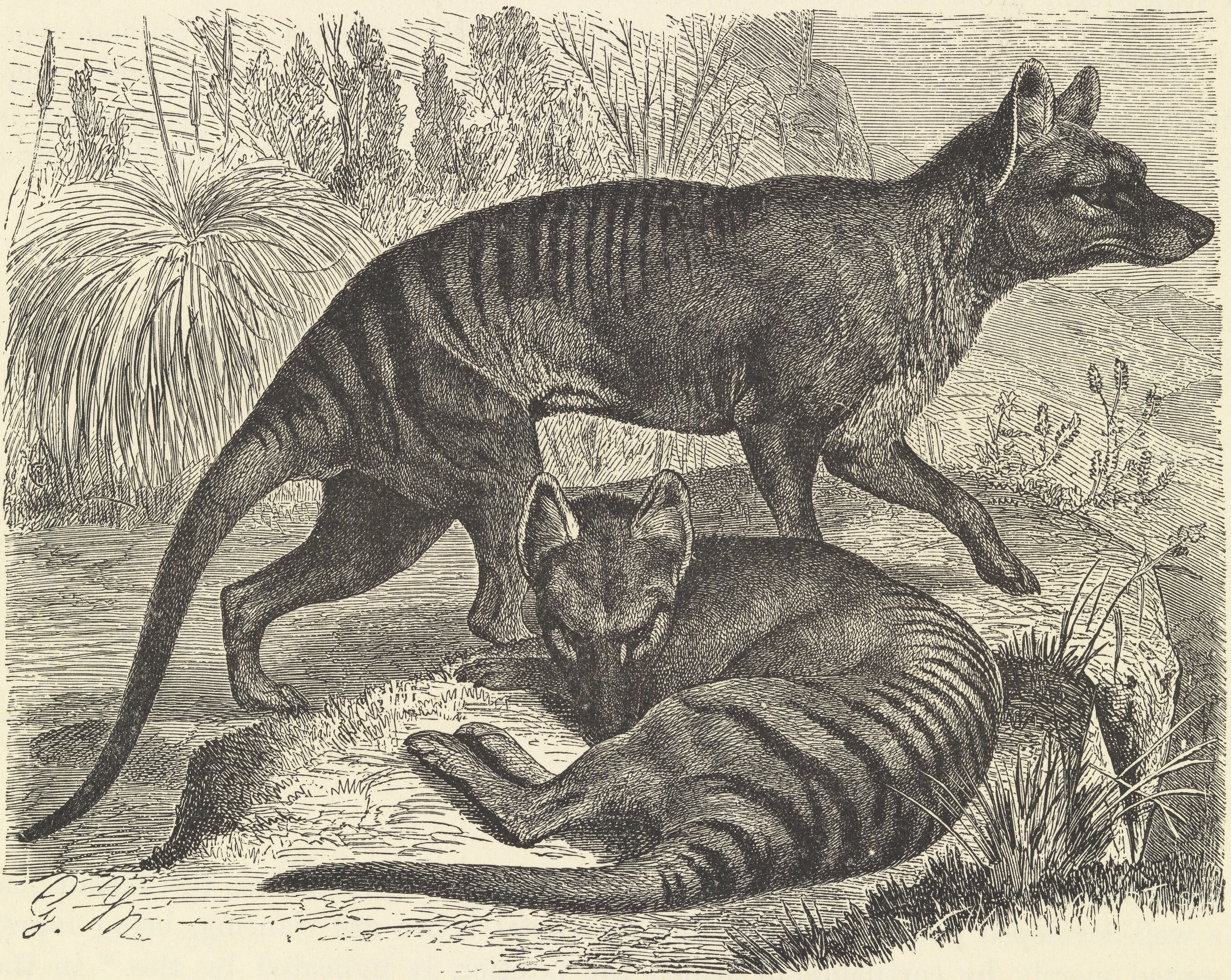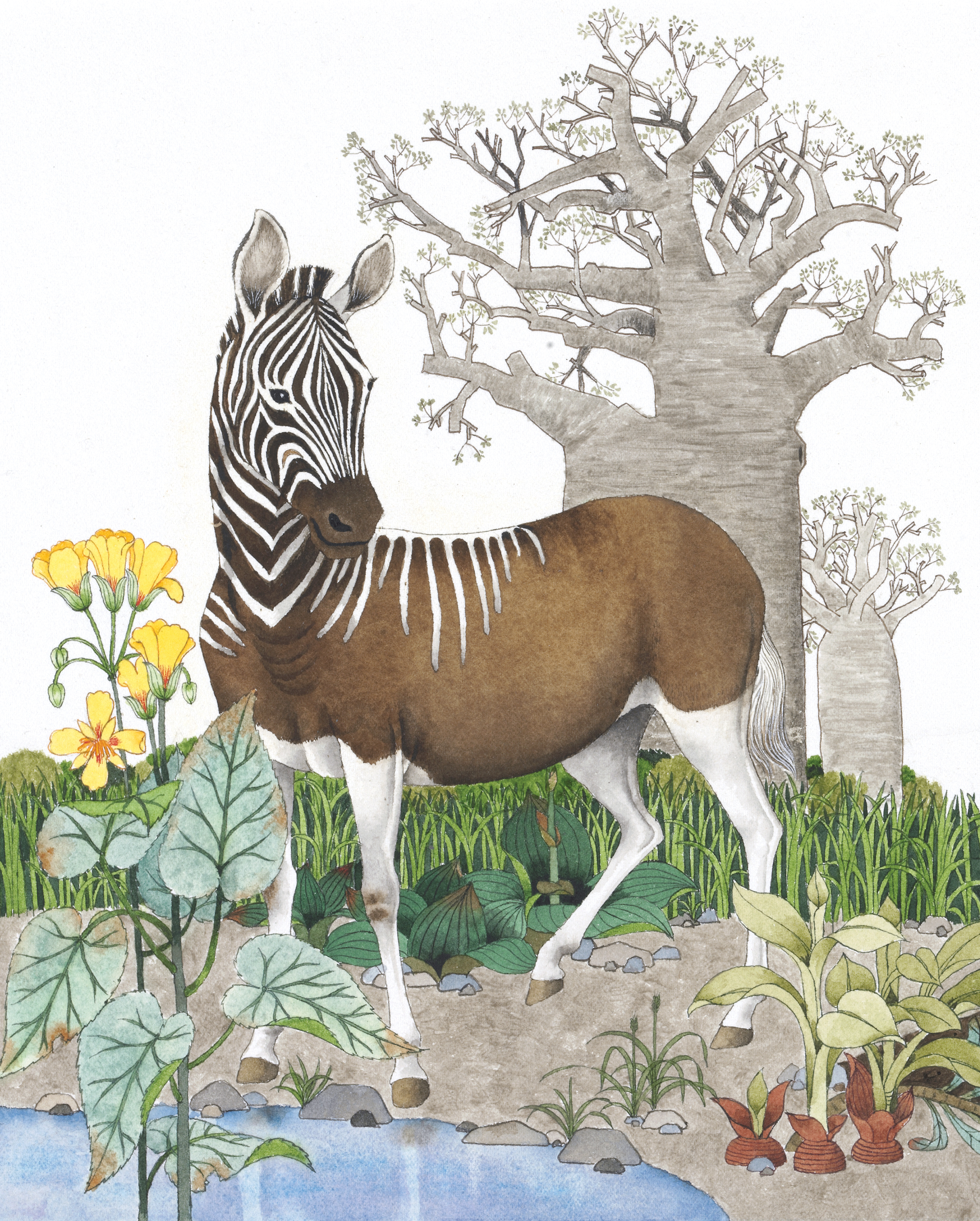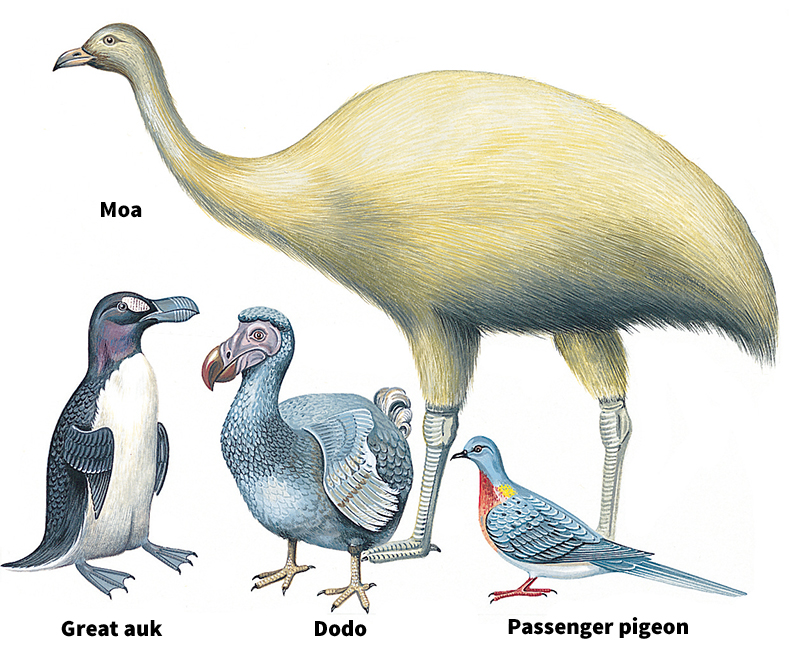Extinction occurs when every member of a species (kind) of living thing has died. All types of life may suffer extinction, including animals, plants, fungi, and bacteria. In fact, most biologists think that more than 99 percent of the species that have ever lived are now extinct.

Extinction plays an important part in evolution (the development of living things over time). According to evolutionary theory, the members of a species with traits best suited to the environment leave more offspring. If the environment changes, different traits may become favorable. Individuals with those traits will leave more descendants, changing the overall character of the species. In this way, a species can adapt to its environment. If a species cannot adapt, it may become extinct. The extinction of a species may provide opportunities for new species to evolve. See Natural selection.
Species vary greatly in their potential for extinction. Some species live in a small area or rely on a single food source. Relatively small disruptions may cause such species to become extinct. Other species are widespread and can survive in a variety of conditions. These species are more resistant to extinction.

Generally, species live for 1 million to 10 million years. However, some species have lived much longer. For example, the gray whale has lived for about 30 million years. Some species of plants have lived for more than 100 million years, since the time of the dinosaurs. The horseshoe crab has existed for about 445 million years.
Background extinction.
Gradual extinctions occur all the time through the ordinary mechanisms of evolution. They are known as background extinctions.
Changes in the environment cause many background extinctions. For example, if less rain begins to fall in a forest, the area may become grassland. Species that depend on the forest may become extinct if they cannot move to other forests or adapt to the new environment.
Species also become extinct when they are unable to compete for limited resources. For example, a species may appear in an area and compete with an existing species for food. If the new species is better able to collect the food, the original species may become extinct.
Mass extinction.
Several times in Earth’s history, vast numbers of species have died out suddenly. These catastrophic episodes are known as mass extinctions. There have been five mass extinctions that wiped out at least 50 percent of species living at the time. Such extinctions may allow for the rise of new groups. For example, the extinction of dinosaurs enabled mammals to flourish.
Scientists divide Earth’s history into periods (see Earth (History of Earth)). A mass extinction may mark the boundary between two periods. For example, the largest mass extinction occurred between the Permian and the Triassic periods. It can be called the Permian-Triassic extinction. A mass extinction may also be identified by the period it ended. Thus, the Permian-Triassic extinction may also be called the Permian extinction.
Mass extinctions may result from severe volcanic eruptions, the impact of large asteroids, shifts in sea level, loss of oxygen in the oceans, or other catastrophic changes. Scientists cannot always agree on the causes of a particular mass extinction.
The Ordovician extinction
occurred about 445 million years ago, when relatively little life had spread to land. Many species in the oceans died. The mass extinction was caused largely by global cooling and an ice age, a period when glaciers covered much of the Earth. Shifts in sea level and oxygen levels also played a role.
The Devonian extinction
occurred about 360 million years ago. It mainly affected ocean life, especially coral reefs. The mass extinction likely had several causes, some of them related to the spread of root-bearing plants on land. These plants may have caused more nutrients to wash into the oceans, reducing oxygen levels. The plants also may have contributed to climate change.
The Permian extinction
occurred about 250 million years ago. It was by far the worst mass extinction. About 95 percent of species became extinct, including most life in the oceans. Most scientists believe that the Permian extinction was caused in large part by tremendous volcanic eruptions in what is now Siberia. Gases released by the eruptions caused rapid climate change and acid rain, and reduced oxygen levels in the oceans.
The Triassic extinction
occurred about 200 million years ago. It may have been caused by volcanic eruptions, changes in sea level, changes in ocean chemistry, or a combination of these events. The Triassic extinction enabled dinosaurs to become the major land animals.
The Cretaceous extinction
occurred about 65 million years ago. At this time, nearly all large animals became extinct, including the dinosaurs. Most scientists believe the mass extinction was caused by an asteroid impact. This impact could have thrown large amounts of dust and debris into the atmosphere. These materials would have blocked sunlight and caused a long winter, killing much plant life. The impact also may have caused global warming, acid rain, and wildfires. There also were giant volcanic eruptions in India at this time.
Modern extinction.
Many hundreds of species have become extinct in the last 500 years. Famous examples include the dodo, the Tasmanian tiger, and the passenger pigeon. In addition, many unknown species have likely become extinct in modern times. Scientists believe that extinctions are occurring so rapidly that many species disappear before they can be identified.

Human beings cause many modern extinctions. The most important cause of these extinctions is habitat destruction. For example, clearing forests causes many extinctions. People have hunted some species to extinction. People also spread species to new environments, where they may harm native life. Environmental pollution threatens many species. Global warming, an increase in the average temperature at Earth’s surface, could cause many species to become extinct (see Global warming).

Many scientists consider this widespread loss of biodiversity to be a “sixth mass extinction” as catastrophic as the five previous mass extinctions in Earth’s history. Scientists estimate that extinctions are now occurring at a rate about 50 to 1,000 times greater than that of normal background extinction.
Many people are trying to preserve living things from extinction. For example, it is illegal in many countries to hunt or otherwise harm endangered species. Governments have established wildlife sanctuaries to protect natural habitats. Scientists breed endangered animals and plants. Several species have become extinct in the wild but survive in zoos or research centers. Some of these species have been successfully reintroduced into the wild.
Some entrepreneurs (business owners) and scientists want to reverse the extinction of certain species. This goal is informally known as de-extinction. They plan to use genetic engineering to create new individuals from the preserved DNA of recently extinct animals, such as the mammoth. Most scientists think it is more important to prevent the extinction of extant (still living) species. They argue that if a few species successfully become “de-extinct,” the public may become less concerned about the continuing loss of biodiversity worldwide.
See also Conservation; Endangered species; Prehistoric animal.
